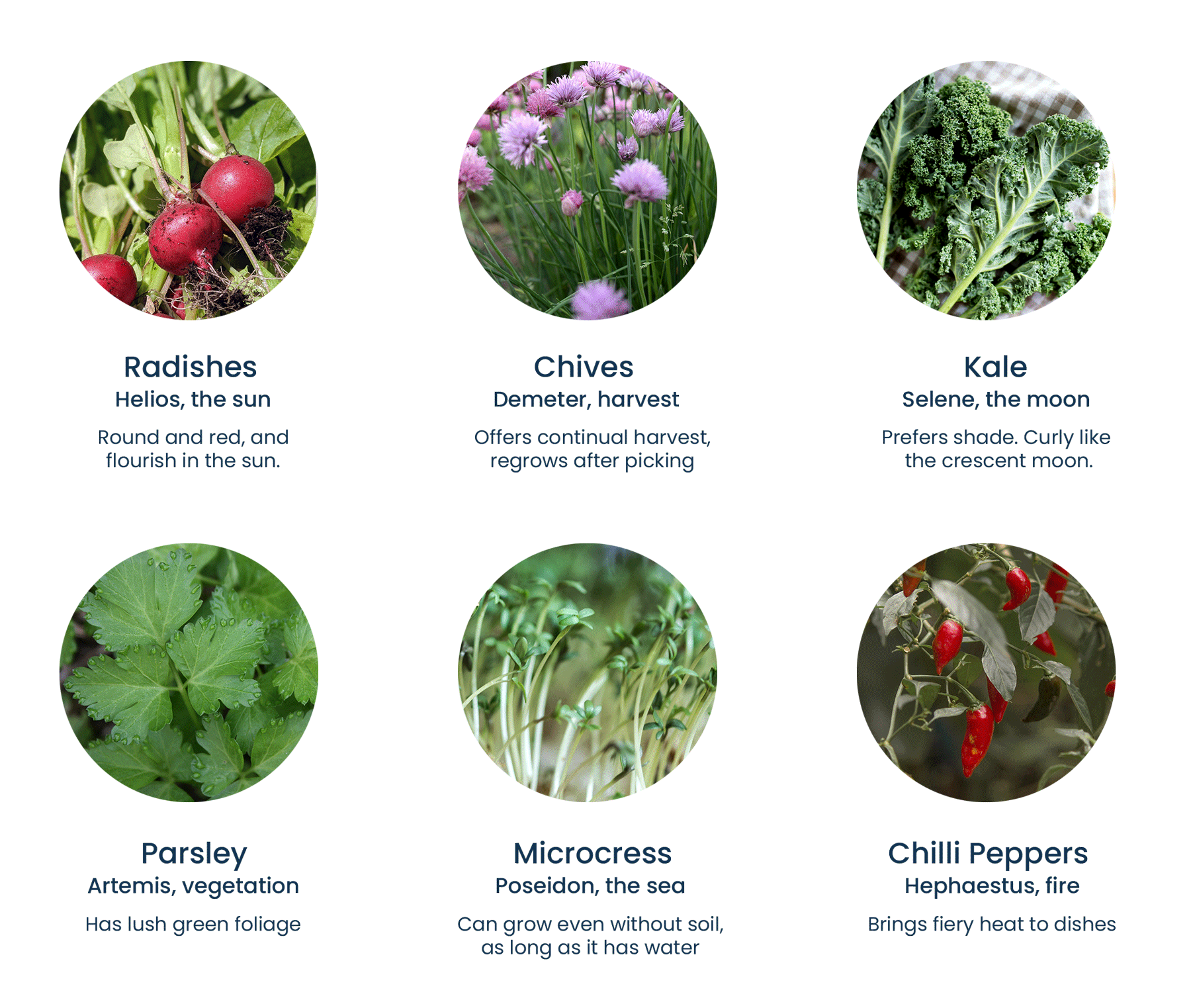Behind the Seedling Kit
Beauty, practicality and sustainability: Can you create a seedling kit that has it all?
The Start of behavioural Change
Encouraging horticulture could instil beneficial habits and benefit;
- Environmentally - Decreased plastic waste from prepackaged produce. Less food waste, as families can harvest only the produce they will be able to consume
- Financially - 'Cut and come again' varieties can save on food bill
- Health - Encourages healthier eating and cooking from scratch. Gardening promotes physical activity and time spent outdoors.
- Personally- Can be a satisfying and confidence-building experience for children and families.
Sustainability
To minimise waste and maximise the sustainability and budget-friendliness of the kit, we opted to use:
- Minimal recycled card packaging
- No unnecessary blocks of colour
- Fully compostable plant fibre pot, coir soil tablet and hemp fibre seed mat

Practicality
To better guarantee success for children and families, our kit has:
- Easy-to-grow, low maintenance plants that are tolerant of British weather or can be grown on a windowsill
- Self-contained pot and compact soil tablet to keep mess to a minimum
- A convenient pot that will compost if planted directly into the garden

Pairing Plants
We created distinct kits by matching each character to a different plant species based on shared traits.
The different colours and visuals appeal to children's love of collecting things, and the more nuanced links between Gods and plants broadens the kit's appeal.
See another process deep dive: